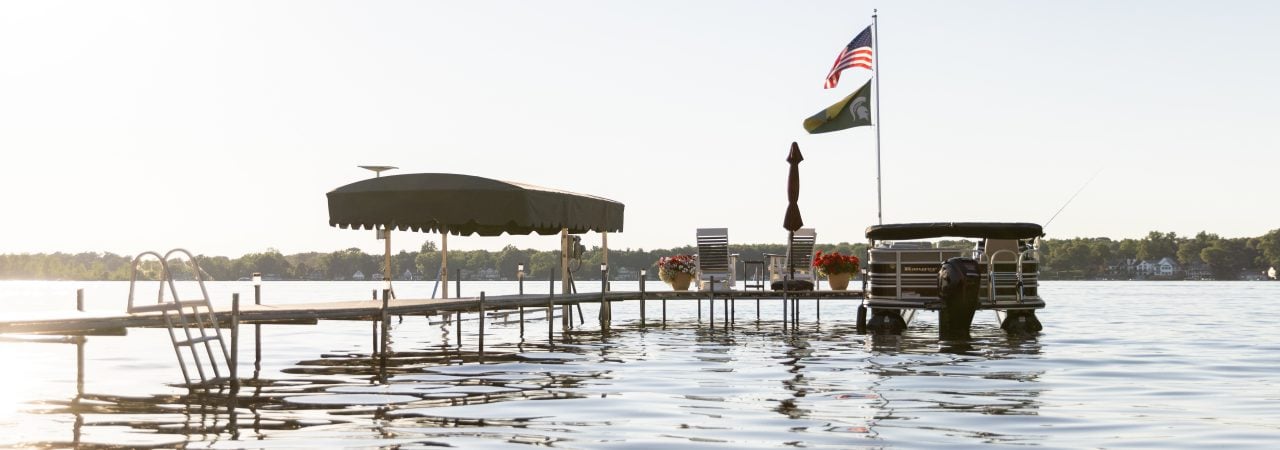Since he was a kid, Mercury Pro Team member Mark Zona has been obsessed with teasing bass from beneath boat docks. To this day, skipping a lure into the darkest shadows of the dock shade is a thrill he relishes.
“When you go poking around in the lion’s den, you might just tangle with a lion,” Zona said with a laugh. “You must put the lure in the beast’s lair to tickle his ribs for a reaction.”
The host of “Zona’s Awesome Fishing Show” still vividly remembers wading the shallow banks of small Michigan lakes near where he grew up, targeting his favorite boat docks. Wade-fishing provided a unique perspective of docks at water level, allowing him to observe bass relating to the structures.
“Wading was my primary bass fishing education,” Zona added. “Being so low to the water, I could skip way back into the hardest-to-reach places. That taught me that getting to the right places was key in getting bit by bigger bass.”
Zona admits that skipping prowess is more challenging from a boat but very rewarding when the perfect skip-cast produces a chunky bass that no one else can reach.



